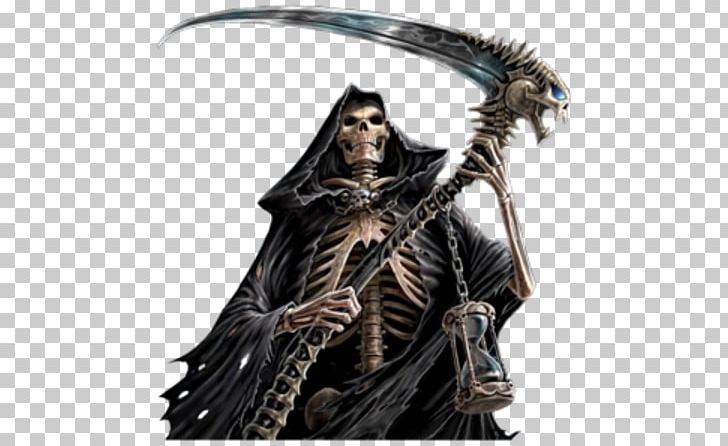


Sickles are found in other cemeteries- 72 sickles were uncovered in burials dating to the seventh to tenth centuries CE in south-west Slovakia, although these were found at different locations on the body, and there have been several graves from medieval Poland and Germany where sickles were found somewhere in the burial.

Skeleton of a teenage girl with a sickle on the throat, a copper headband across the skull and a copper coin below the mandible, via Polcyn and Gajda 2015 The individuals include a male aged 30-39 years, a female aged 14-19 years, a male aged 35-44, a female aged 35-39 and a female aged 50-60 years. None of the five individuals showed evidence of traumatic injuries, bone deformation, disease or dietary deficiencies, and overall appear to be in fairly good health. These five unique burials were located in different areas of the cemetery and aligned in the same manner as the other burials. Of the over 250 individuals buried there, only five had evidence of sickles placed in their graves. The cemetery of Drawsko was used around the 17th century, and is organized in the Christian tradition of east to west aligned burials. However, Polcyn and Gajda (2015) argue that we need to independently assess the identities of these individuals in comparison to the other burials at the cemetery and determine alternative meanings of these sickle burials. Traditionally, these graves have been interpreted as evidence of fear- potentially of vampiric like behavior from the deceased, with the sickles used to keep the dead from rising. However, these tools decreased in usage and were not found as frequently into the Middle Ages. However, five burials from the Drawsko cemetery in Poland have sickles placed at the necks of the human remains. Sickles were common for farming in this region from the 10th to 13th centuries CE, and were found in archaeological contexts relating to farming, or symbolic deposition near waterways and bridges. Throughout Pratchett’s stories of Death, the scythe plays an important role not just in the daily duties that Death must fulfill, where the scythe is used to sever the soul from the physical body, but it also plays an important symbolic role in the perceptions of death within Discworld- when a New Death comes to replace the old Death, this newer version wields a scalpel like instrument instead of a scythe, perhaps hinting at the increased medicalization of death today and loss of understanding it as a natural phenomenon.īut why would you find a scythe or sickle used in a burial? Is it evidence that the Grim Reaper claimed this individual? A method of preventing vampires from rising from the grave? Or is there some symbolic meaning relating to farming?Ī new article by Polcyn and Gajda (2015) examines the presence of sickles in early modern burials in Poland. My personal favorite interpretation of Death is Terry Pratchett’s version, a sympathetic and not quite so omnipotent version of the character who has a family and a horse named Binky. Death also goes by the name of the Grim Reaper, shower an even closer connection to his role in harvesting lives for the afterlife.

The personification of death is traditionally pictured with a scythe (full size version pictured to the right) or sickle (the handheld version), a metaphorical link between the reaping of the crops and the taking of lives. Scythes and sickles have a very clear symbolic association for modern populations.


 0 kommentar(er)
0 kommentar(er)
